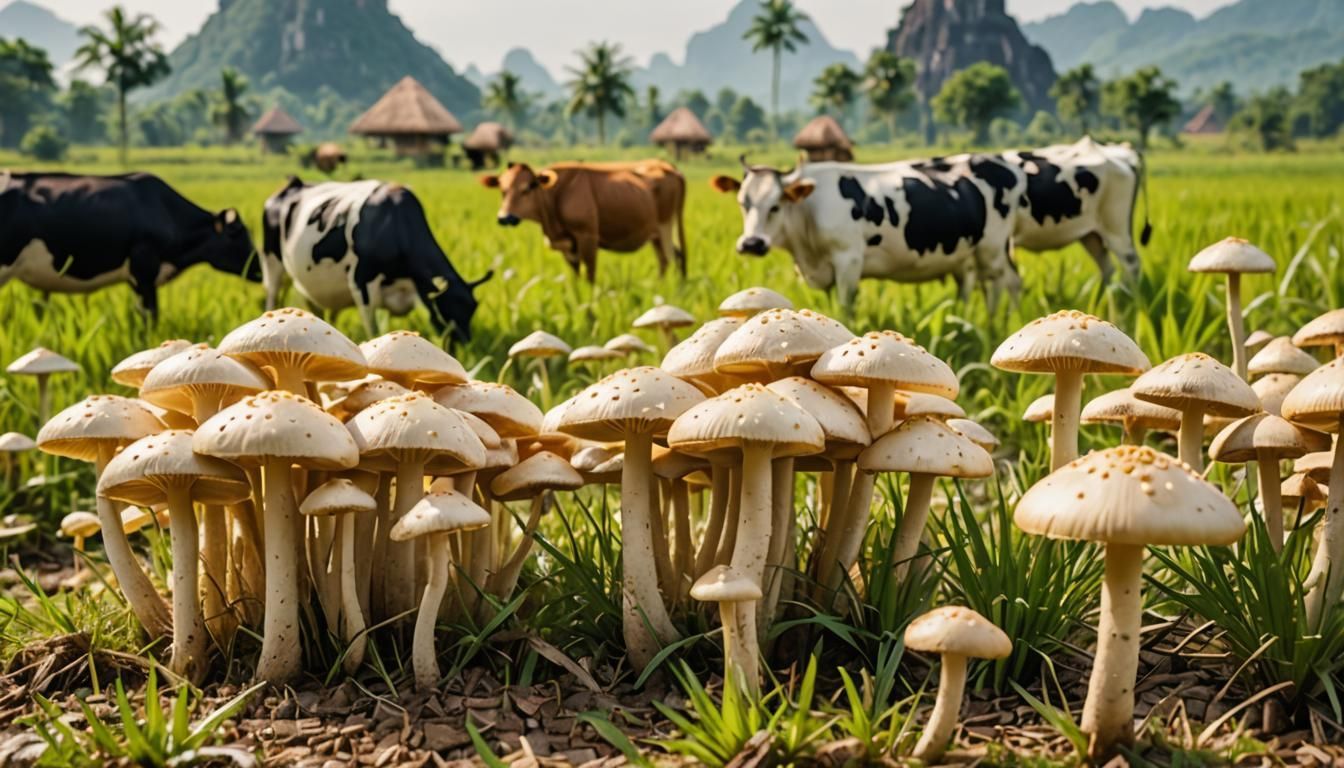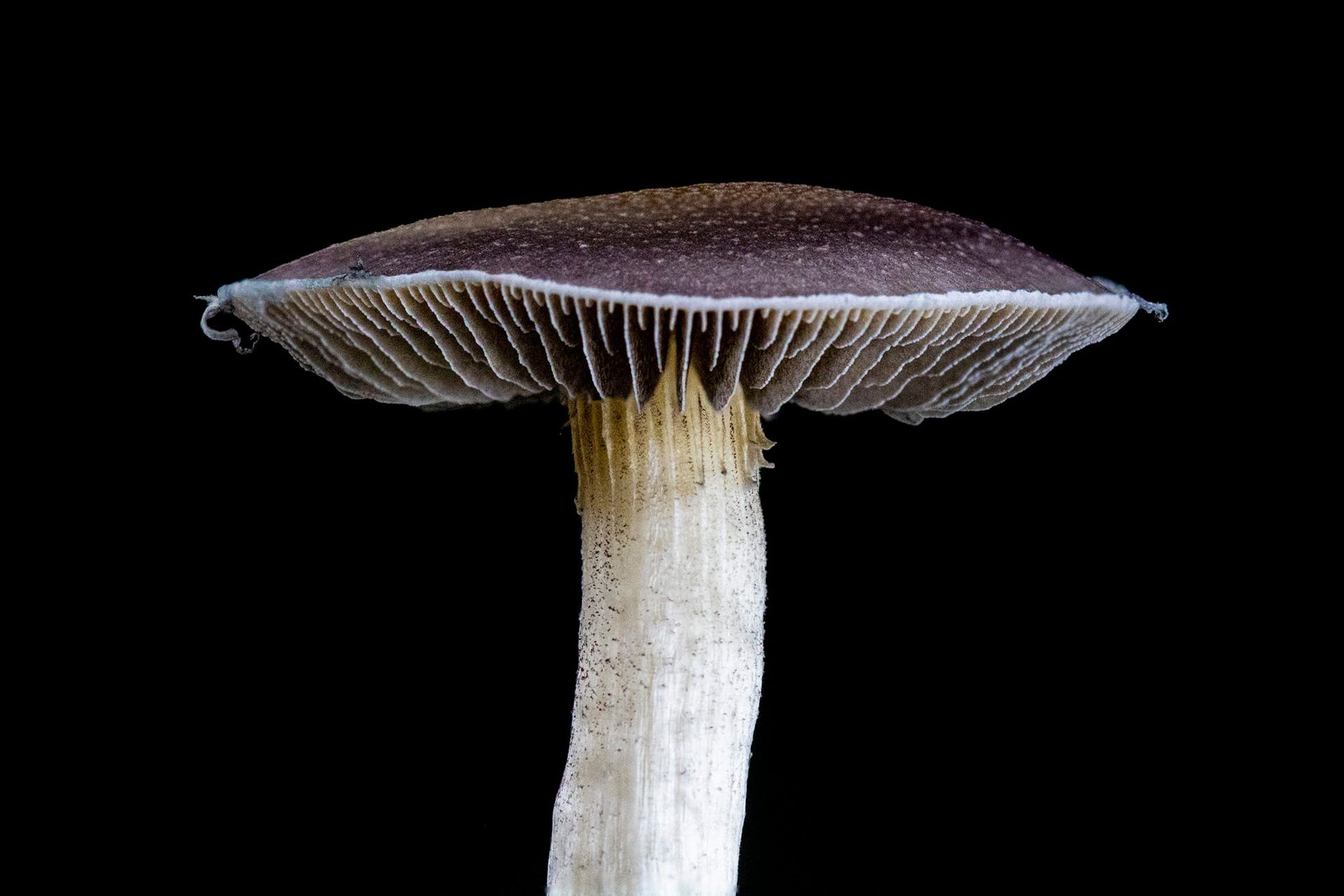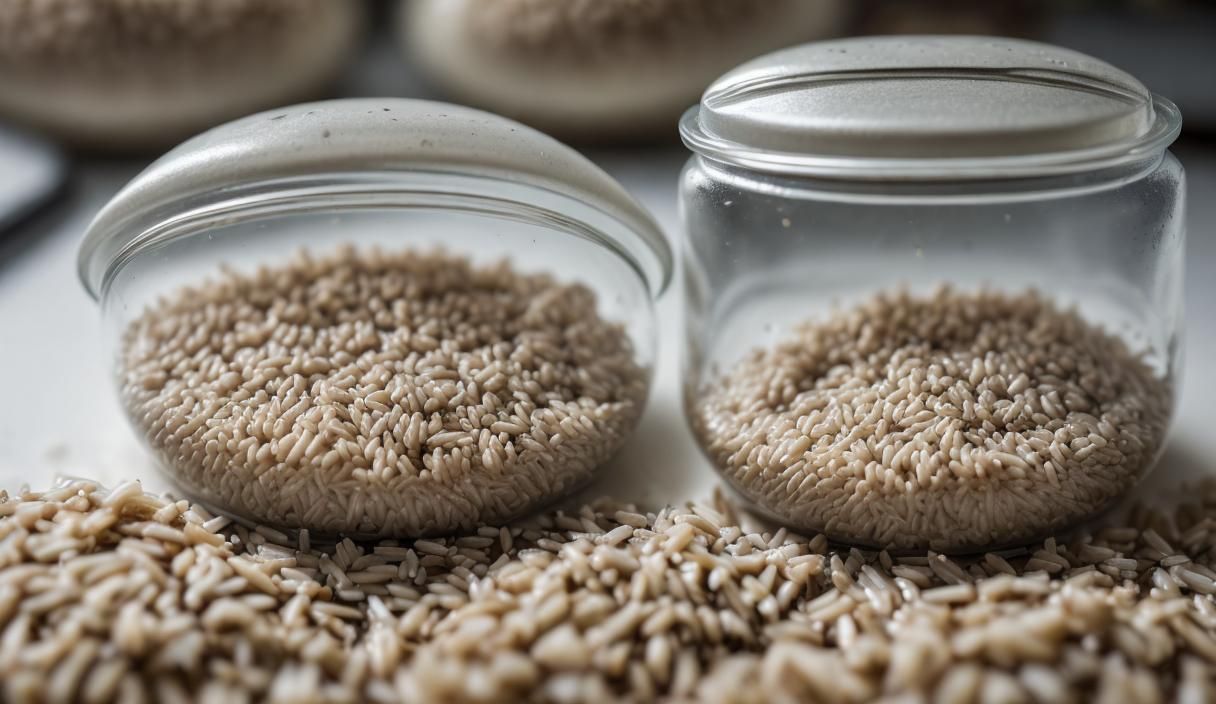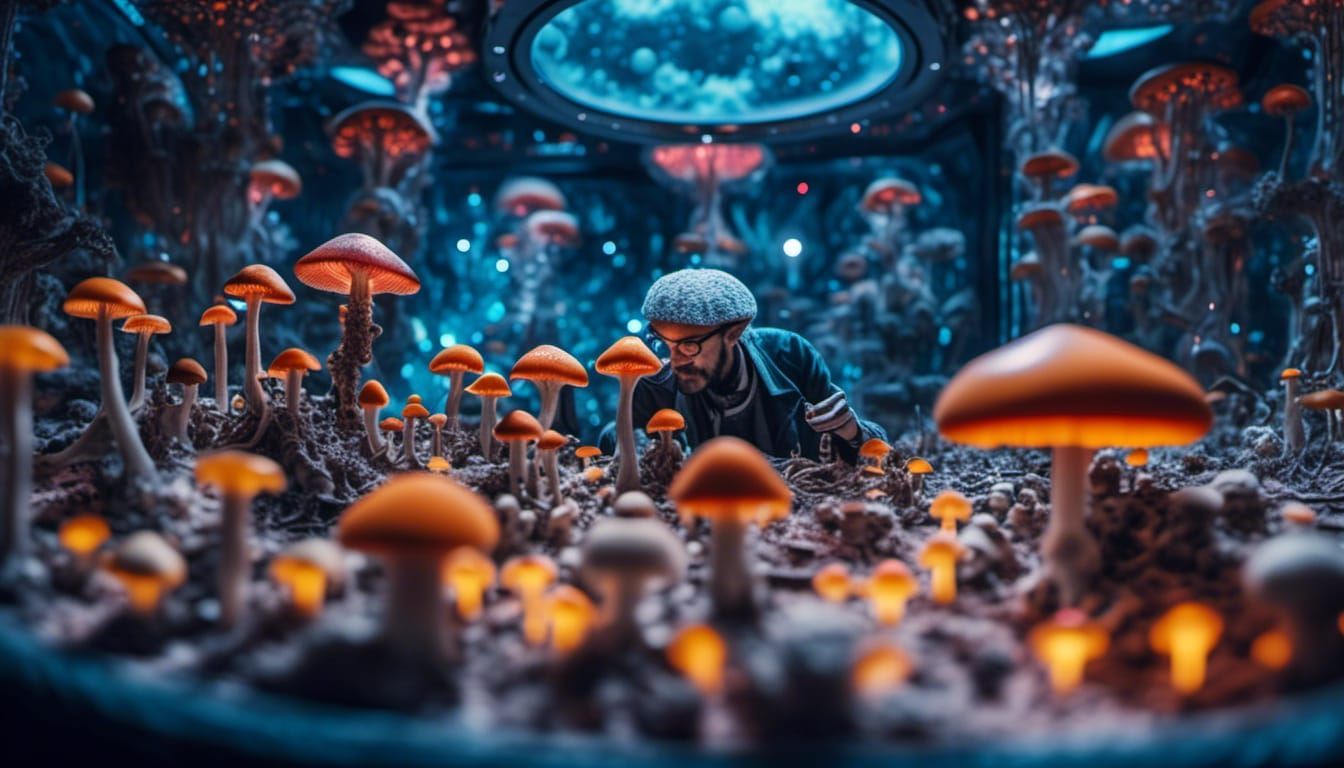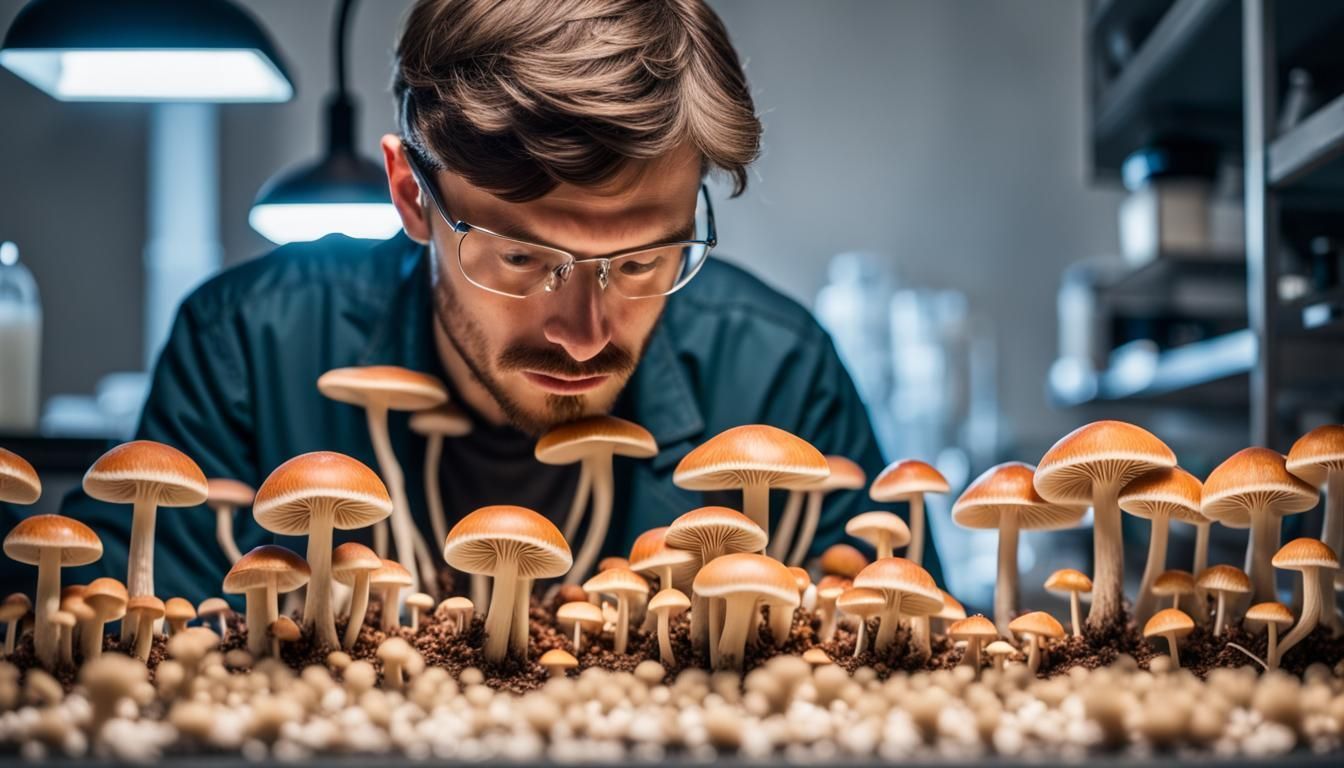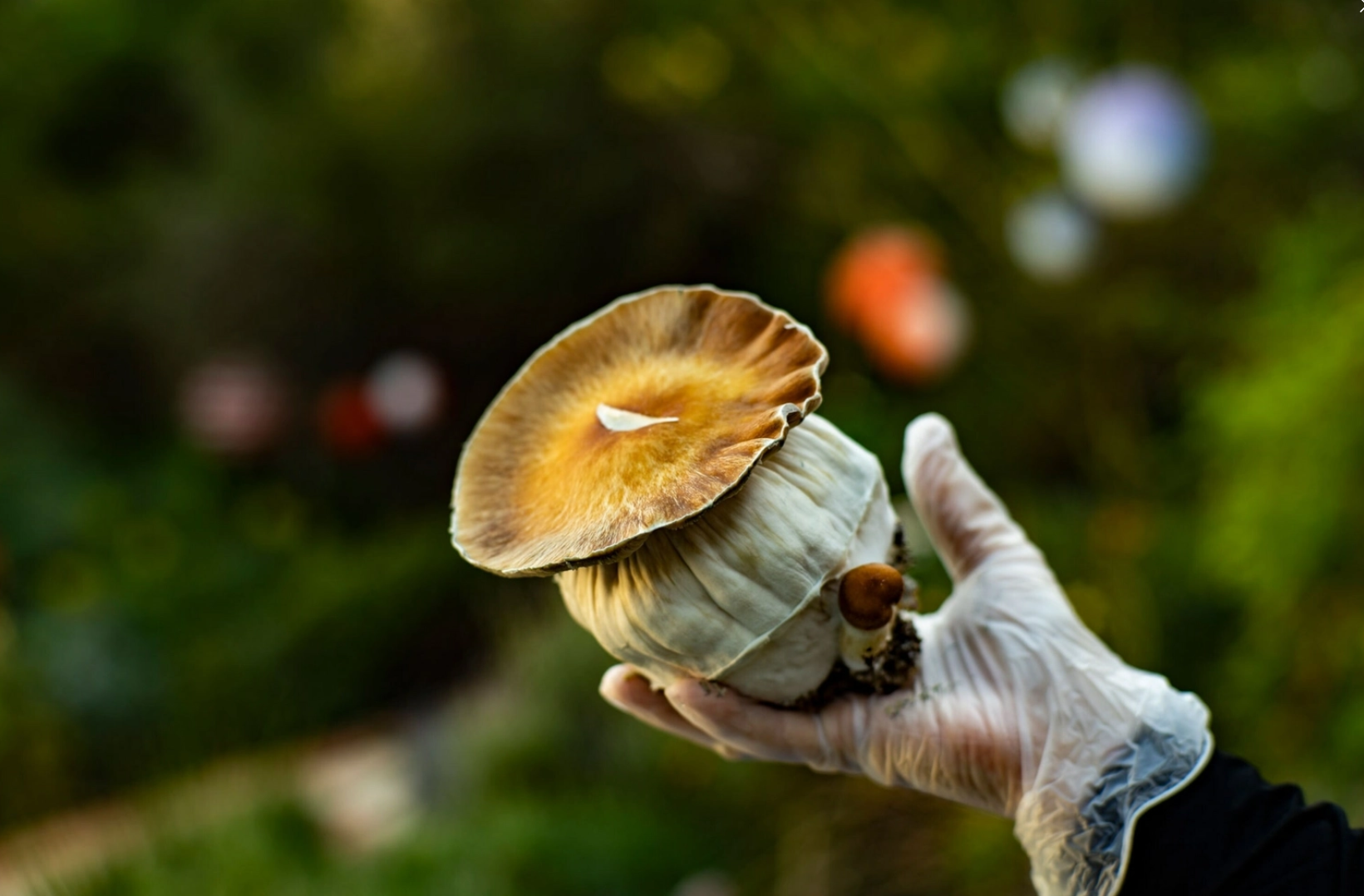Spread The Spores - Symbiotic relationship between mushrooms and humans.
Mushrooms, with their enigmatic growth patterns and crucial role in the ecosystem, have intrigued biologists, ecologists, and even philosophers for centuries. One emerging hypothesis suggests that these fungi have cleverly used humans as a means to disperse and establish themselves across the globe. At the intersection of biology and sociology, this theory presents a compelling argument about the profound interdependence between mushrooms and humans.
1. Historical Context
Before delving into the symbiotic relationship, it's essential to understand the historical context. From the ancient shamans of Siberia to the culinary delights of modern cuisine, mushrooms have intertwined with human history in myriad ways.
2. Symbiosis: Mutual Benefit
In biological terms, symbiosis denotes a relationship between two organisms where both parties benefit. This symbiotic relationship can be broadly categorized into:
- Mutualism: Both parties benefit.
- Commensalism: One party benefits without harming or benefiting the other.
- Parasitism: One party benefits at the expense of the other.
Mushrooms and humans seem to exhibit a mutualistic relationship. Here's how:
2.1 Mushrooms Provide:
- Nutritional Benefits: Many mushroom species are edible and rich in protein, fiber, vitamins, and minerals. They have been a valuable food source for ancient and modern societies.
- Medicinal Properties: Some mushrooms, like the Reishi or Shiitake, have been used in traditional medicine for their potential health benefits. Modern research has started to confirm some of these benefits, like boosting the immune system or fighting cancer.
- Psychoactive Qualities: Species like Psilocybe cubensis have been used for spiritual and recreational purposes due to their psychoactive compounds. Indigenous tribes have used these for rituals, connecting with the divine, or understanding the nature of existence.
2.2 Humans Provide:
- Dispersal Mechanism: Humans have transported mushroom spores intentionally and unintentionally. Whether for culinary, medicinal, or other purposes, human movement has enabled mushrooms to colonize new territories.
- Cultivation: Through mushroom farming, humans have provided optimal conditions for specific mushroom species to thrive, ensuring their survival and propagation.
- Protection: As humans have come to understand the benefits of certain mushrooms, they have indirectly protected them from threats, allowing for their preservation and growth.
3. Human-driven Evolution
Could it be that certain mushrooms have evolved specific traits, such as their culinary taste or psychoactive properties, to become more appealing to humans? This would increase their chances of being propagated, cultivated, or spread by humans. Such a theory would put mushrooms in a unique category of organisms that have evolved in tandem with human desires and needs.
4. Global Spread: Beyond Natural Barriers
Mushrooms, in many cases, have moved beyond their natural habitats due to human intervention. Whether it’s a gourmet chef introducing an exotic mushroom to a new continent or a spiritual seeker sharing a potent strain with a community, humans have played a role in the global establishment of various mushroom species.
5. Concluding Thoughts
The theory of mushrooms using humans as a symbiotic tool for global establishment is both fascinating and thought-provoking. While more research is needed to confirm certain aspects of this relationship, it's undeniable that mushrooms and humans share a deep, intertwined history. This relationship serves as a testament to the intricate and unexpected ways in which nature can weave its tapestry of life.
The next time you spot a mushroom, whether in a forest or on your plate, take a moment to ponder this symbiotic dance that spans eons and continents. It’s a tale of nature's brilliance and the ever-evolving relationship between humans and the environment.
Watch the video at https://rumble.com/v3k6mf0-spread-the-spores-a-symbiotic-theory-of-mushrooms-and-humans.html
Mycoblog - Info and articles about the world of fungi

All Rights Reserved | Myco.ca


